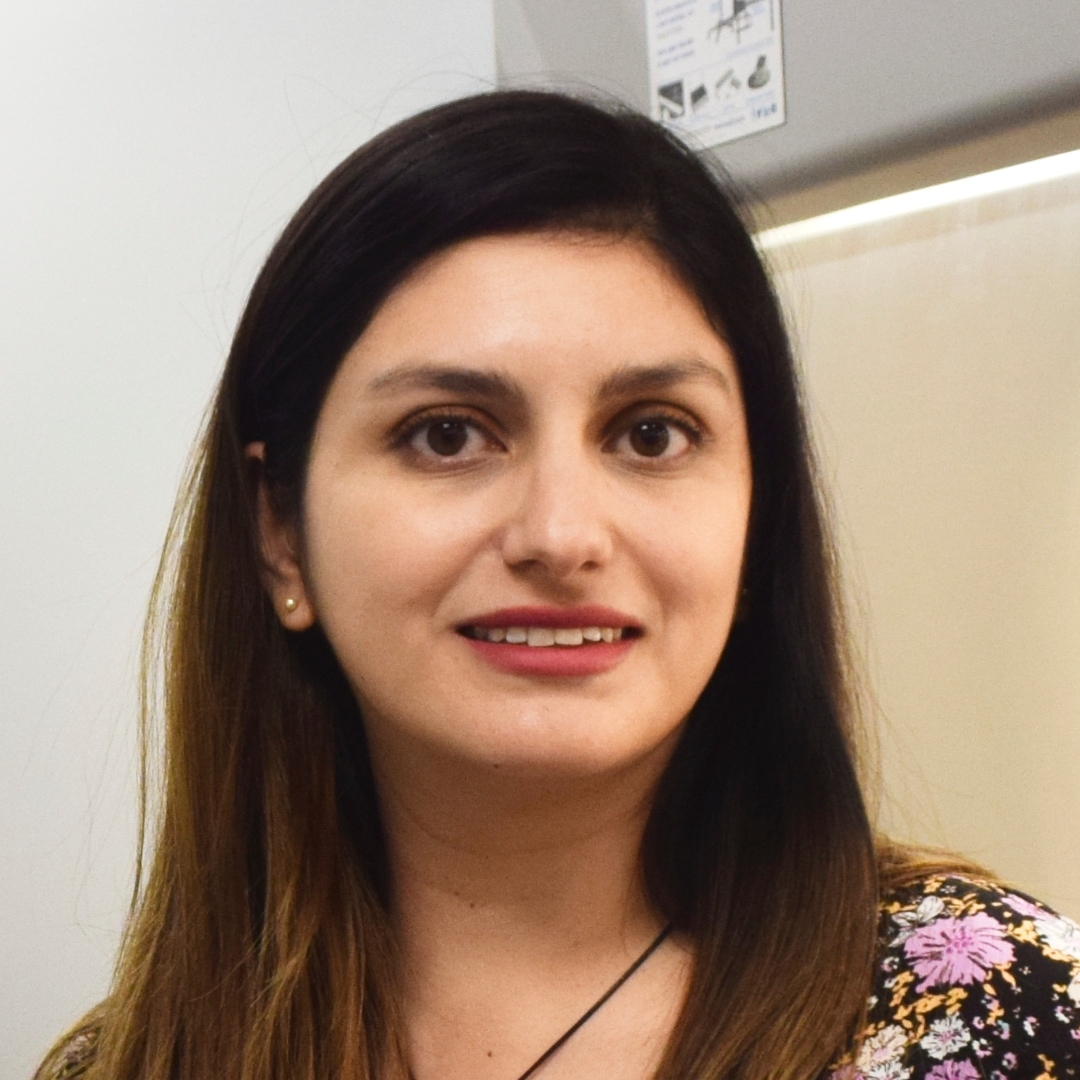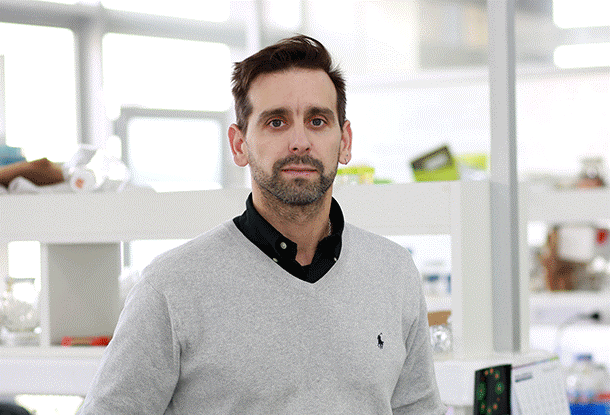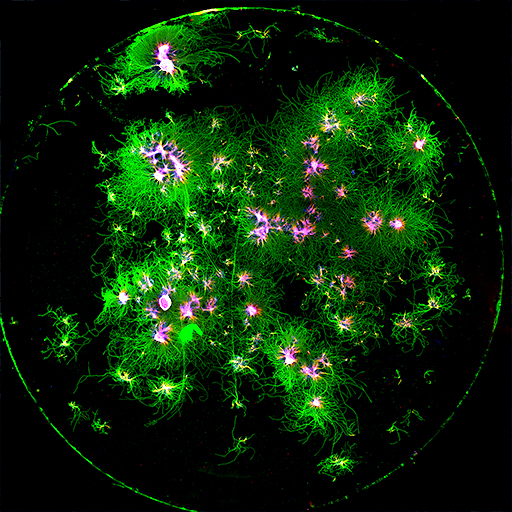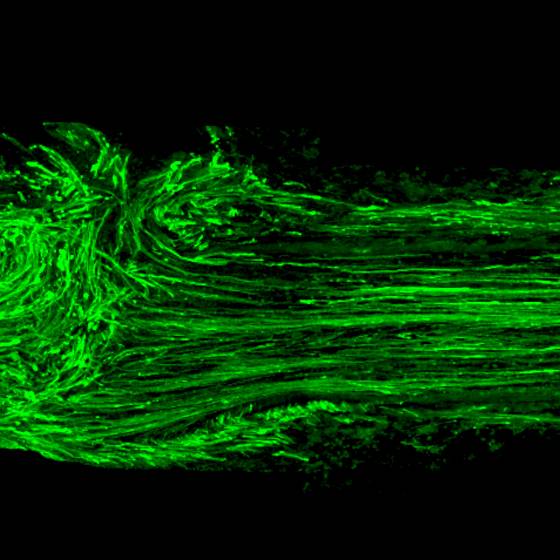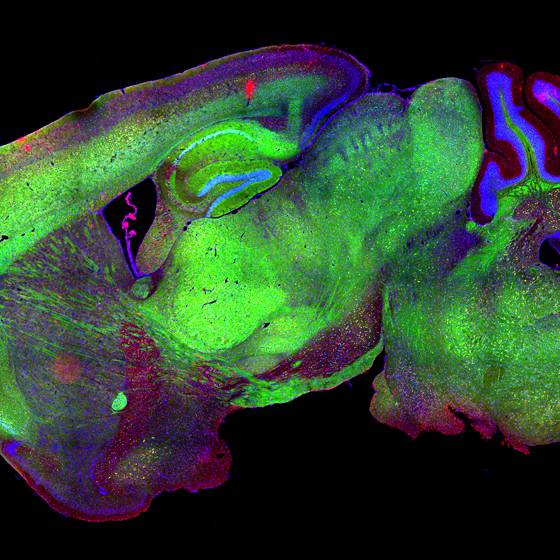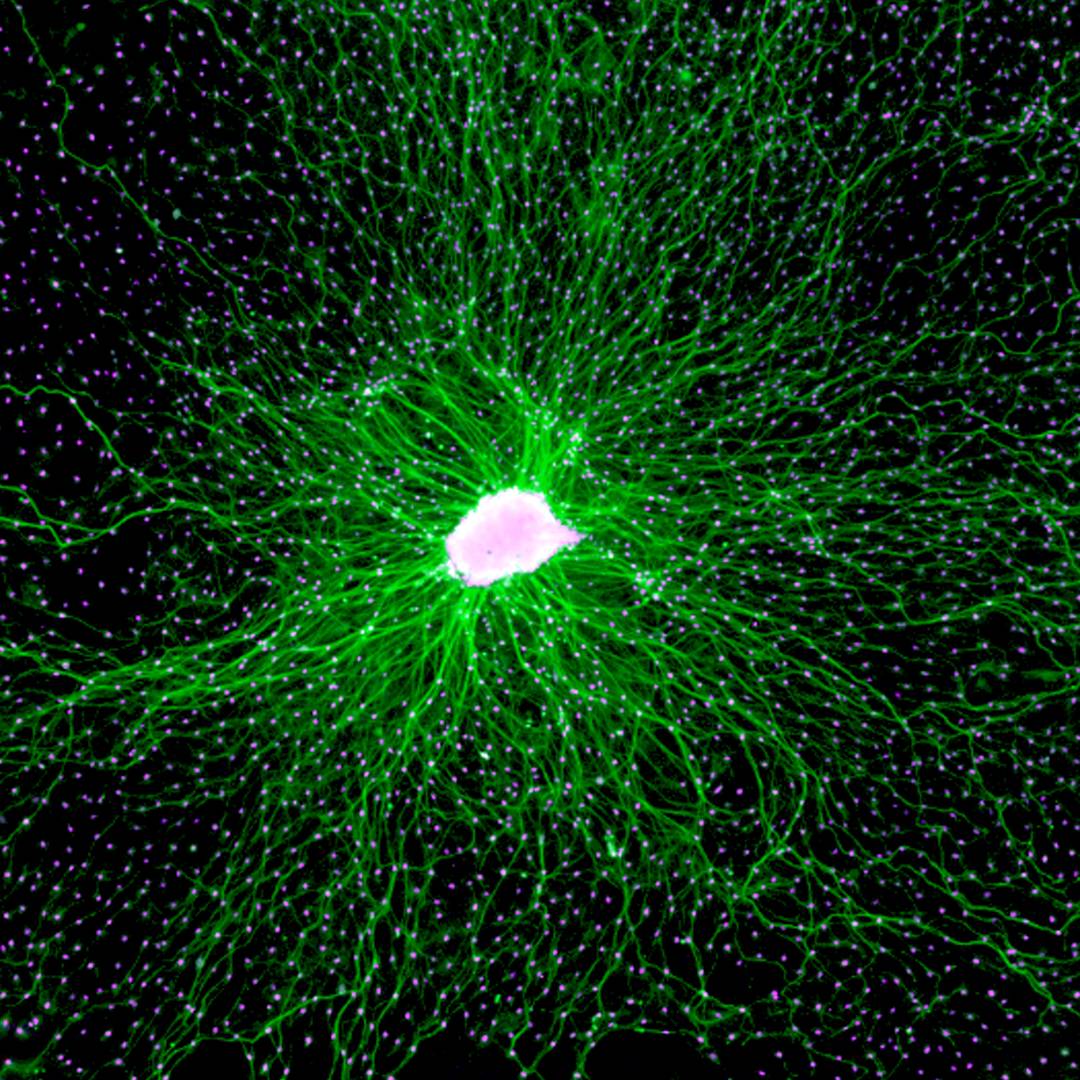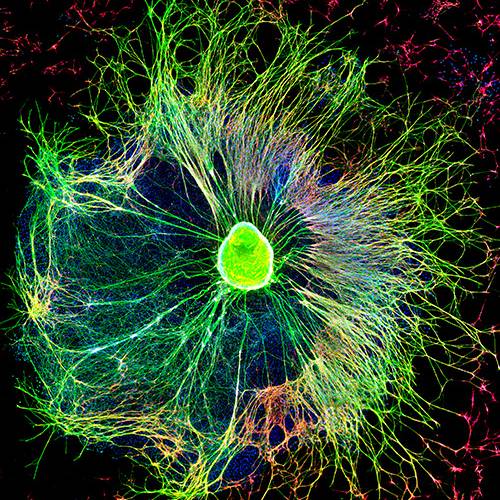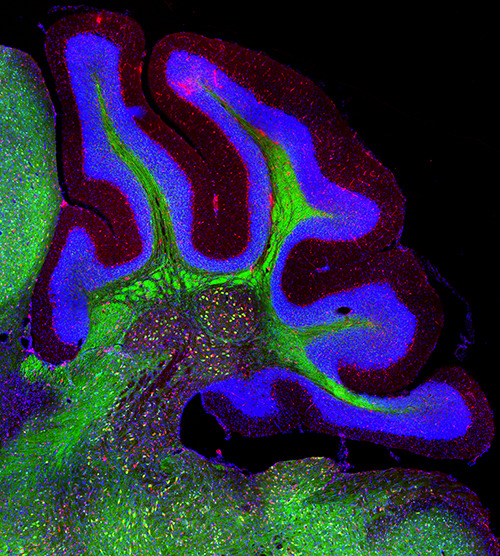The gut-brain axis along aging
The gut microbiota plays an important role in the physiology of the central nervous system and inflammation. Brain-gut communication enables bidirectional modulatory effects between the microbiota and the central nervous system, which might be involved in physiological and pathological events. Changes in the intestinal microbiota during aging show a decrease in the Firmicutes/Bacteroidetes ratio, presenting a higher proportion of Bacteroides, Clostridium, and Proteobacteria, and a decrease in Actinobacteria compared to young adults.
We are cultivating and analyzing thousands of bacterias from the Chilean population, in order to find new strains with positive effect over inflammation and aging.

Restoring the gut microbiome for healthy aging
Our research focuses on the search for bacterial consortia with effect over the aging process. Our aim is to restore the intestinal microbiota during aging, converting it into a healthier and more beneficial intestinal microbiota. For the generation of bacterial consortia, we have generated a bank of bacteria isolated from the intestinal microbiota of healthy Chileans with a wide diversity of bacteria strains. Hundreds of these isolated and taxonomically classified bacteria has been evaluated for their probiotic properties and we are currently generating consortia for in vitro and in vivo studies. In addition, we are studying the gut microbiota in aged people, trying to correlate changes in their composition associated to the risk to develop brain conditions.
People involved
Related Publications
PUBLICATIONSDataPNSNeuroRegeneration
octubre 4, 2021
Morphological evidence for a transport of ribosomes from Schwann cells to regenerating axons.
Court FA, Midha R, Cisterna BA, Grochmal J, Shakhbazau A, Hendriks WT, Van Minnen J.
Glia. 2011 Oct;59(10):1529-39. doi: 10.1002/glia.21196. Epub 2011 Jun 8.
PMID: 21656857
PUBLICATIONSDataNervous System FxPNS
octubre 4, 2021
MMP2-9 Cleavage of dystroglycan alters the size and molecular composition of Schwann cell domains.
Court FA, Zambroni D, Pavoni E, Colombelli C, Baragli C, Figlia G, Sorokin L, Ching W, Salzer JL, Wrabetz L, Feltri ML.
J Neurosci. 2011 Aug 24;31(34):12208-17. doi: 10.1523/JNEUROSCI.0141-11.2011.
PMID: 21865464
PUBLICATIONSDataPNSCNSNeuroDegeneration
octubre 4, 2021
Axonal degeneration is mediated by the mitochondrial permeability transition pore.
Barrientos SA, Martinez NW, Yoo S, Jara JS, Zamorano S, Hetz C, Twiss JL, Alvarez J, Court FA.
J Neurosci. 2011 Jan 19;31(3):966-78. doi: 10.1523/JNEUROSCI.4065-10.2011.
PMID: 21248121
octubre 4, 2021
BAX inhibitor-1 regulates autophagy by controlling the IRE1α branch of the unfolded protein response.
Castillo K, Rojas-Rivera D, Lisbona F, Caballero B, Nassif M, Court FA, Schuck S, Ibar C, Walter P, Sierralta J, Glavic A, Hetz C.
EMBO J. 2011 Sep 16;30(21):4465-78. doi: 10.1038/emboj.2011.318.
PMID: 21926971
Related News
El científico y la artista que sacaron la investigación de los laboratorios
octubre 14, 2021
En una inédita alianza, Juana Gómez le dio vida artística al trabajo científico del neurobiólogo Felipe Court. Felipe Court es director del Centro de Biología Integrativa (CIB) de la Universidad…
Científico U. Mayor organizó simposio sobre células gliales en Portugal
octubre 14, 2021
El Dr. Felipe Court fue el único representante chileno que tuvo la oportunidad de exponer en el XIV Encuentro Europeo de Células Gliales en Salud y Enfermedad, entre cientos de postulantes. El…
